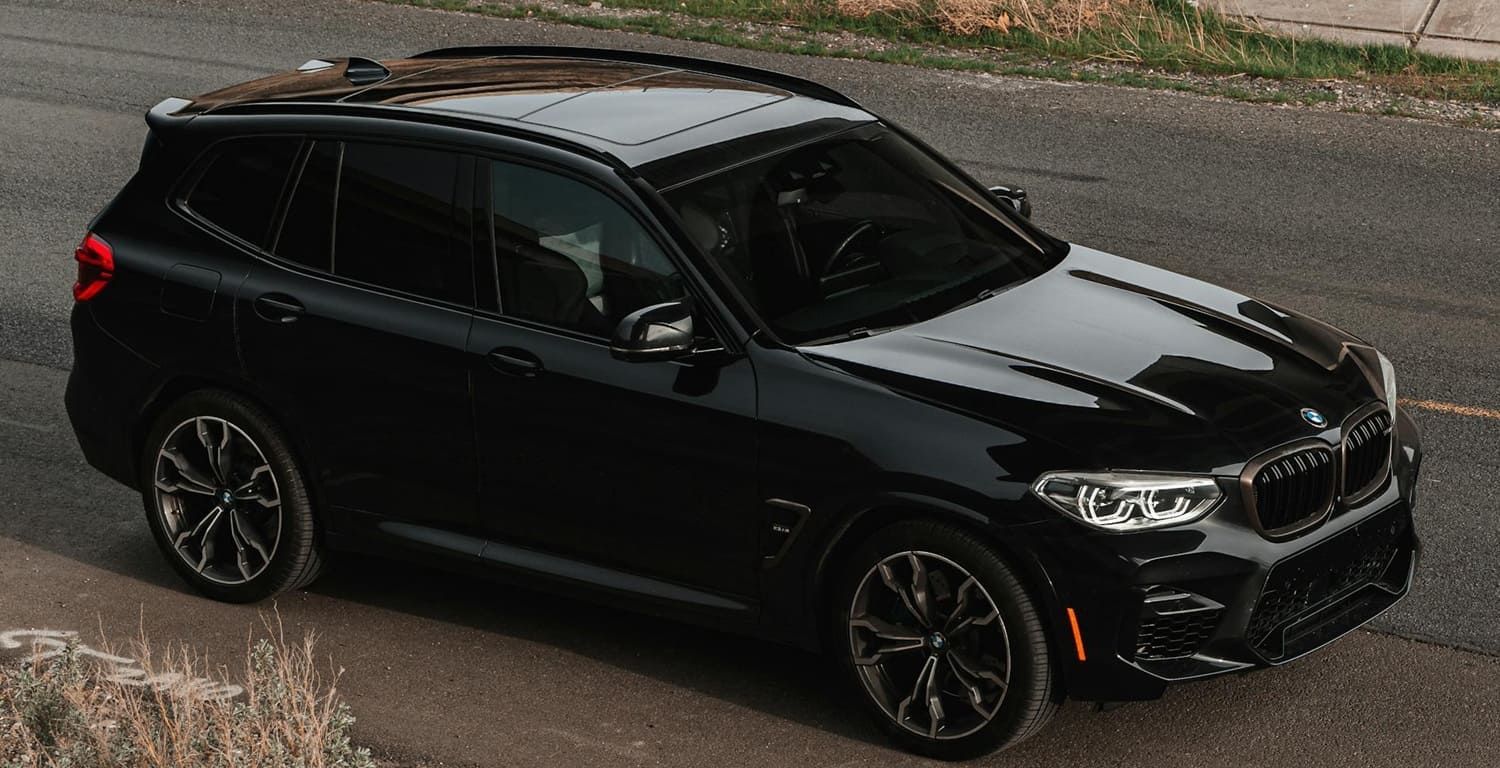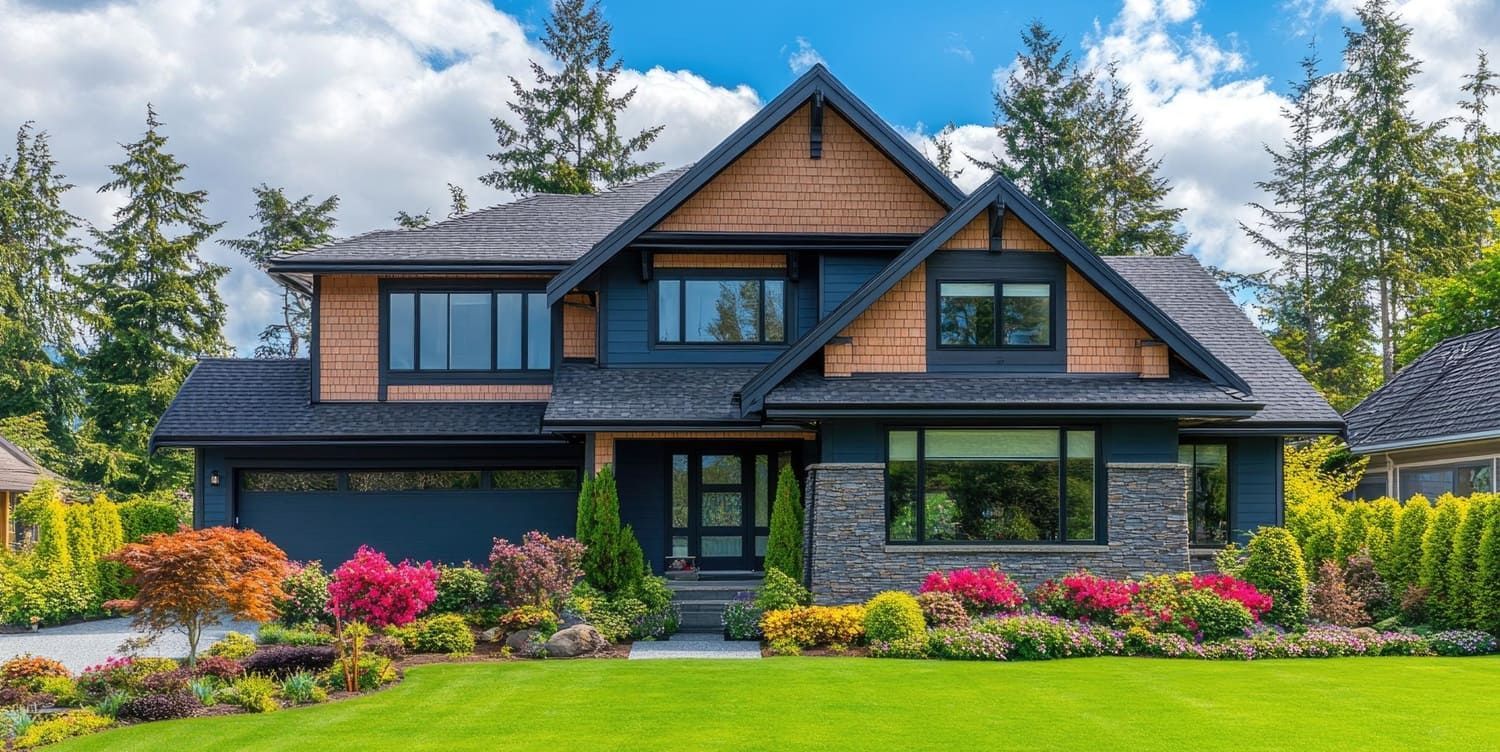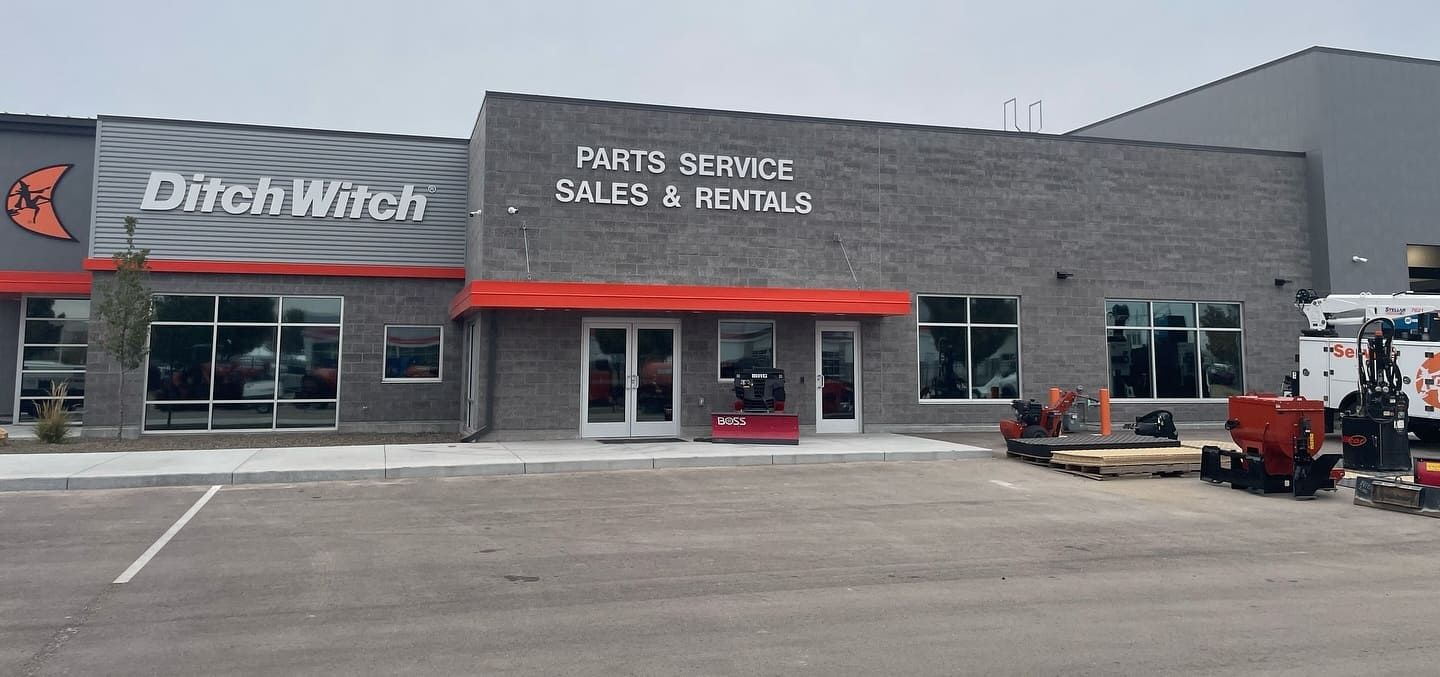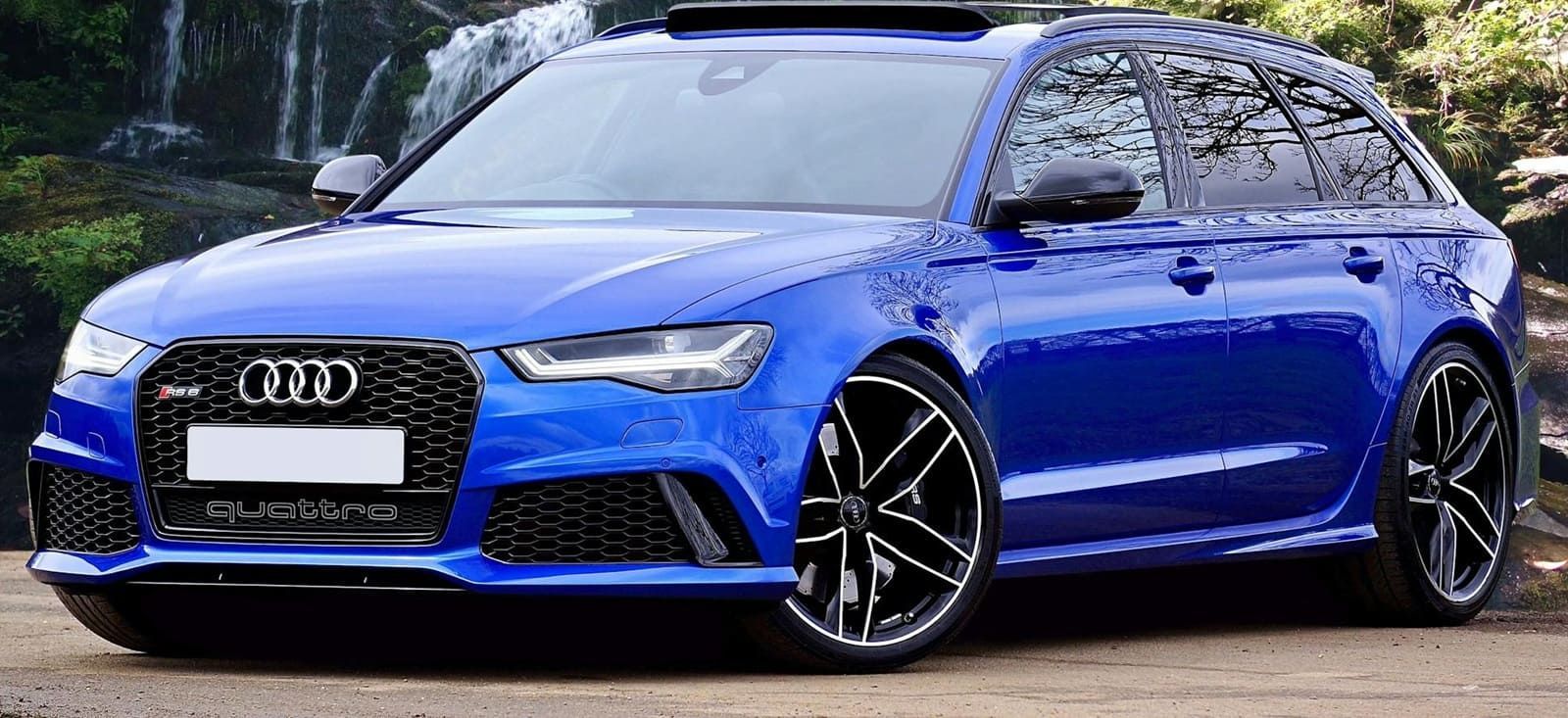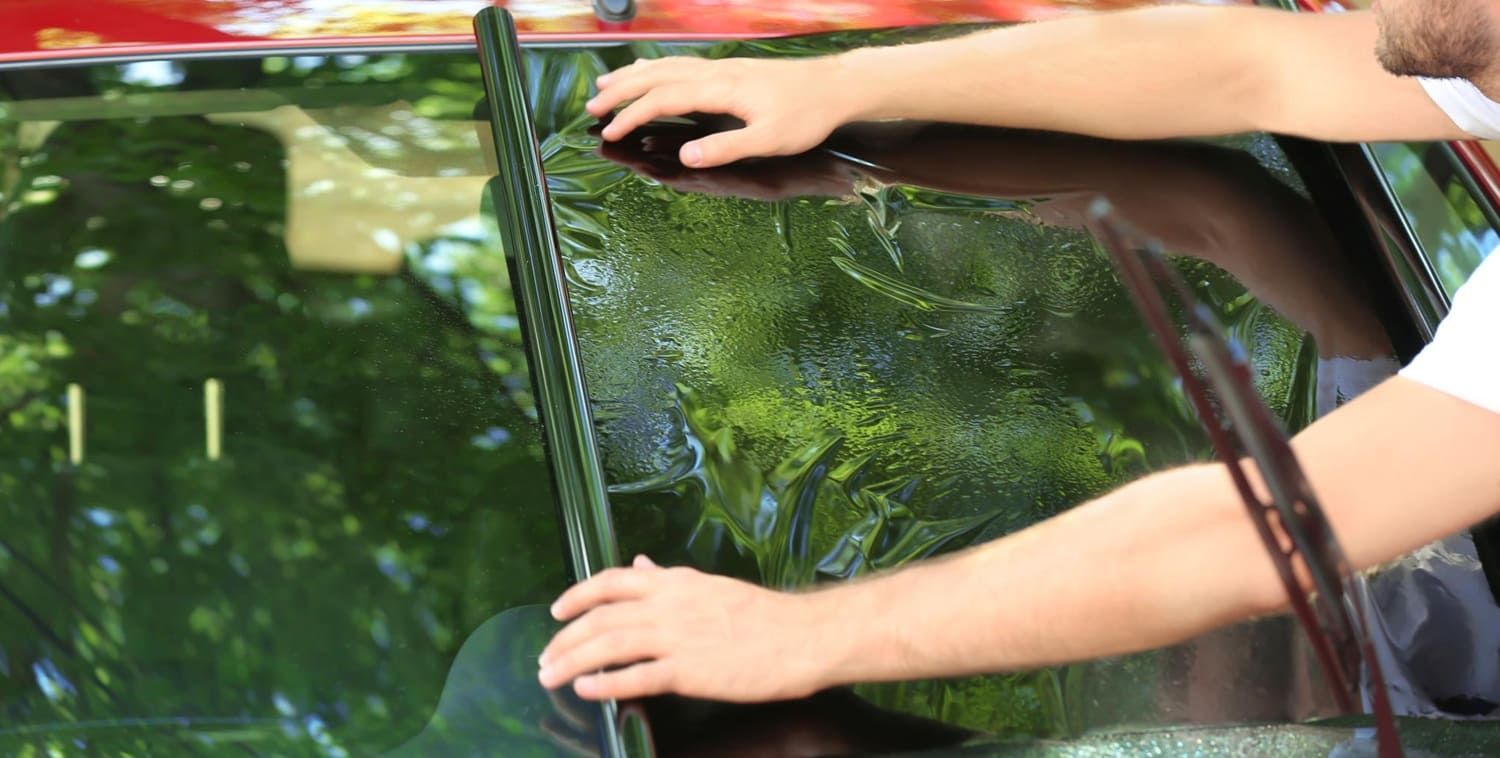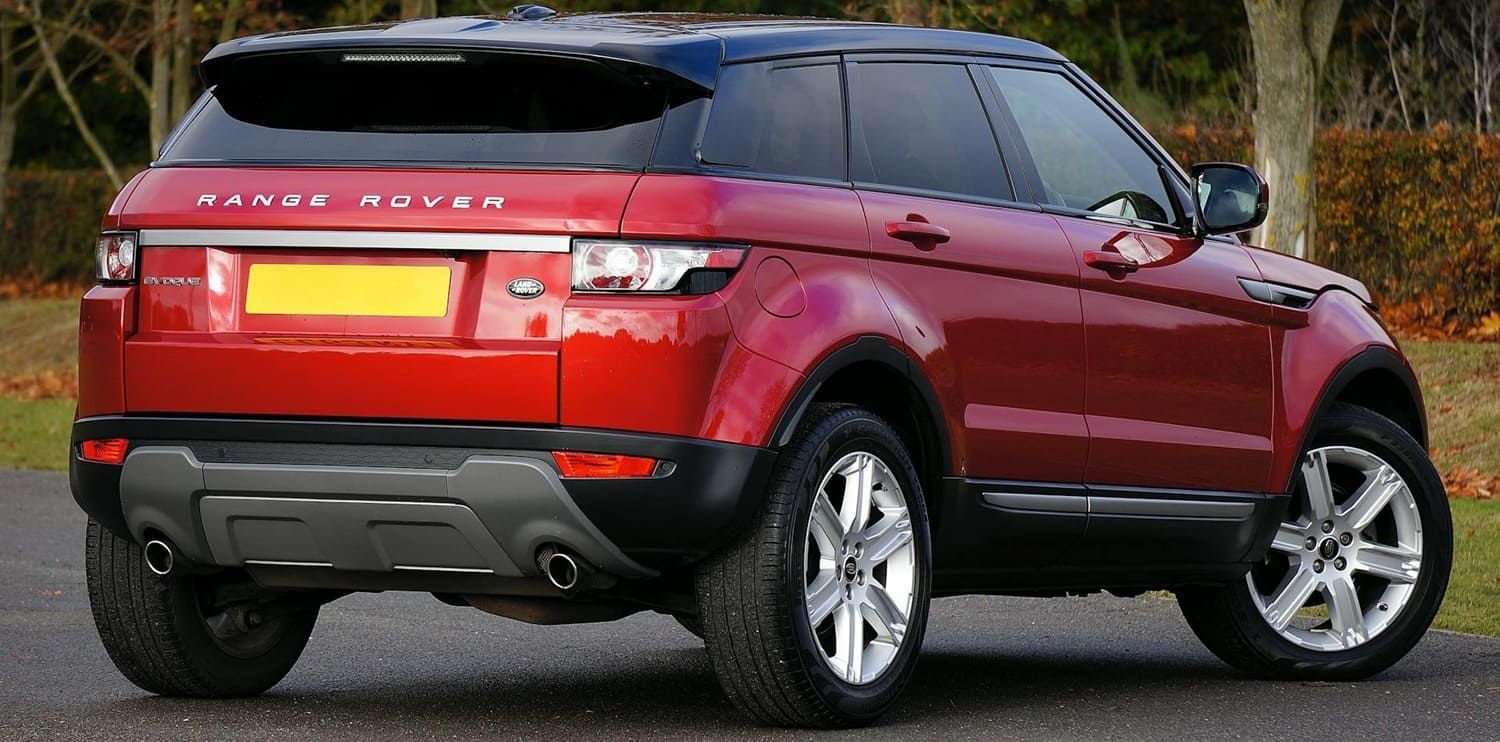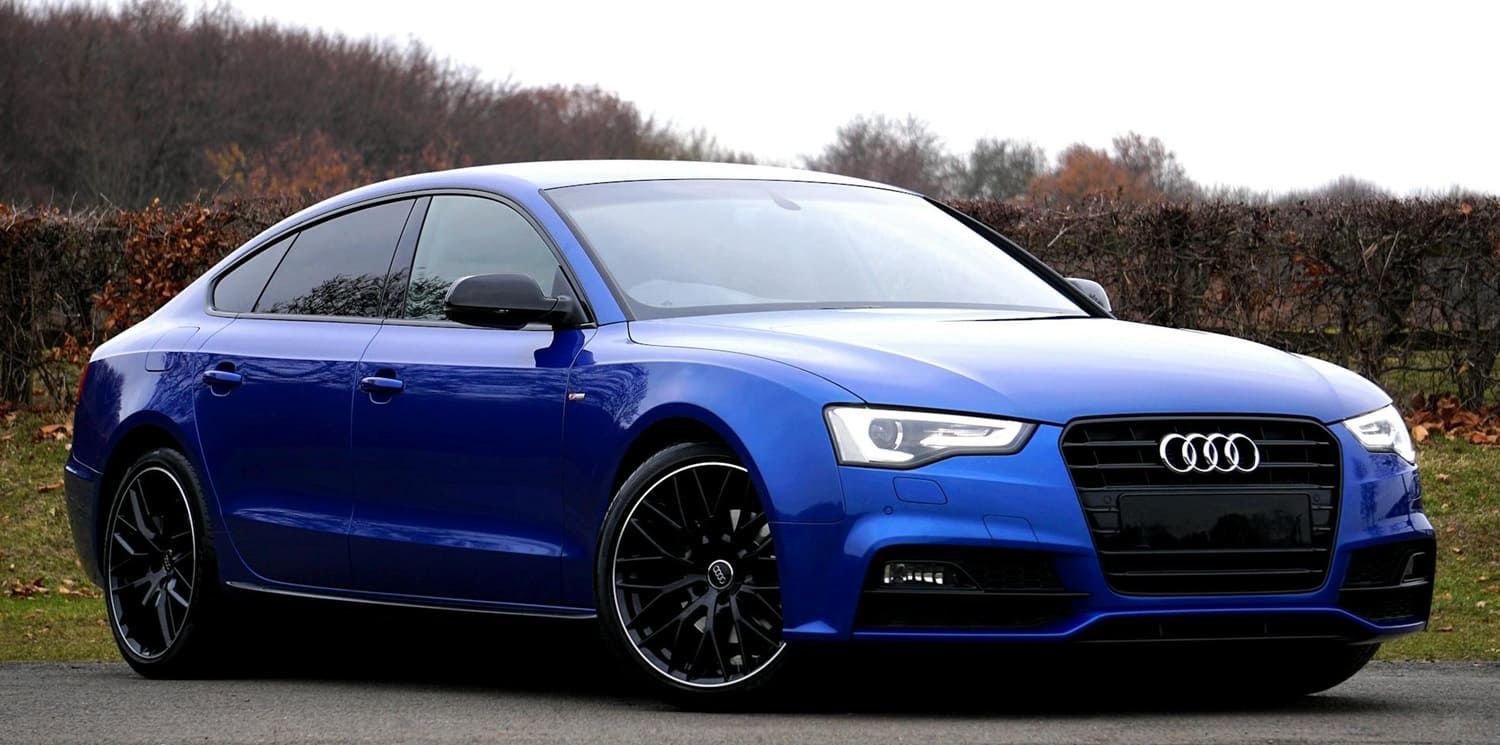Car Tint That Blocks Heat Without Going Too Dark
Car owners often seek ways to keep their vehicles cool without compromising style or legality. One effective solution is car tint that blocks heat. This type of tint reduces the sun's impact, making your ride more comfortable.
But not all tints are created equal. Some can make windows too dark, affecting visibility and compliance with local laws.
Fortunately, there are options that balance heat reduction with light transmission. These tints offer comfort without sacrificing clarity or legality.
Understanding the different types of tints and their benefits is crucial. This guide will help you choose the right tint for your needs.

Why Choose Car Tint That Blocks Heat?
Car tint that blocks heat offers numerous benefits, making it a worthwhile investment. By reducing heat, these tints enhance interior comfort, especially during hot months. No longer do you need to endure scorching seats and high temperatures.
Beyond comfort, heat-blocking tints protect your vehicle's interior. They minimize UV damage, preventing fabric and leather from fading. This preservation extends the life of your car's interior, maintaining its new look for longer.
Choosing such tints also contributes to energy efficiency. With less heat entering, the need for air conditioning decreases. This reduction not only saves fuel but also lowers emissions, making it an eco-friendly choice.
How Heat-Blocking Window Tints Work
Heat-blocking window tints utilize advanced technology to keep your car cool. These specialized films reflect or absorb solar heat before it enters your vehicle. By addressing infrared rays, they significantly reduce interior temperatures.
The films are typically composed of multiple layers. Some layers block UV and infrared light, while others maintain clear visibility. This multi-layer design ensures effective heat rejection without darkening the windows too much.
Thanks to this sophisticated construction, these tints can reject up to 99% of harmful UV rays. By doing so, they not only keep your car cool but also protect you from potential skin damage.
Types of Automotive Window Tint for Heat Reduction
Choosing the right type of automotive window tint can make a big difference in heat reduction. Each type has unique properties that cater to different needs and preferences.
One popular option is ceramic tint, known for its superior heat rejection and clarity. This type of tint often suits those looking for both comfort and style.
Metallic tints provide excellent heat control but may affect electronics. They are perfect for drivers who prioritize efficiency over technology compatibility.
Dyed films are more budget-friendly, offering basic protection at a lower cost. However, they are less effective against heat compared to other options.
Here are some common window tint types:
- Ceramic Tints: Best for clarity and heat reduction.
- Metallic Tints: Good for heat control; may interfere with devices.
- Dyed Films: Affordable; basic heat protection.
Ultimately, the best tint depends on your specific needs and budget.
Ceramic Tints: Maximum Heat Rejection, Minimal Darkness
Ceramic tints are a top choice for those seeking effective heat reduction. They provide excellent UV protection without darkening windows too much.
These tints are also known for maintaining clear visibility. Unlike other types, they do not contain metal, so they won't interfere with electronic signals. This makes them perfect for tech-savvy drivers.
Metallic and Dyed Films: Pros and Cons
Metallic and dyed films are common tint options but come with their own pros and cons. Metallic tints reflect more heat but can disrupt GPS and cell signals.
Conversely, dyed films are more affordable but not as efficient in heat rejection.
Here's a quick comparison:
- Metallic Tints: High heat reduction, can disrupt electronics.
- Dyed Films: Cost-effective, less efficient against heat.
Both options have their advantages, so consider your needs when selecting.
LLumar Car Window Tinting: A Leading Solution
LLumar Car Window Tinting stands out as a top-tier choice for those seeking effective heat-blocking solutions. Known for high-performance films, LLumar tints reduce heat without overly darkening windows.
This brand offers advanced technology to ensure superior comfort and protection. Their tints can block up to 99% of harmful UV rays, preserving your car's interior.
Key features of LLumar Car Window Tinting include:
- Superior UV and heat protection
- High clarity and minimal signal interference
- Available in various shades to suit preferences
Investing in LLumar tints can enhance vehicle comfort while maintaining an elegant appearance.
Legal Considerations: Idaho Window Tinting Laws and Beyond
Understanding window tinting laws is crucial before installation. Each state has unique regulations on tint darkness and reflectivity. In Idaho, specific laws outline how much visible light must pass through the glass.
Idaho window tinting laws state the front side windows must allow at least 35% of light. Non-compliance with these laws can result in fines or mandatory removal.
Key legal points to consider:
- Front-side windows: minimum 35% VLT
- Back-side windows and rear windows: no limit
- Windshield: limited to top inches or with a non-reflective tint
Checking local regulations in your area ensures your tint is legal and avoids future hassles.
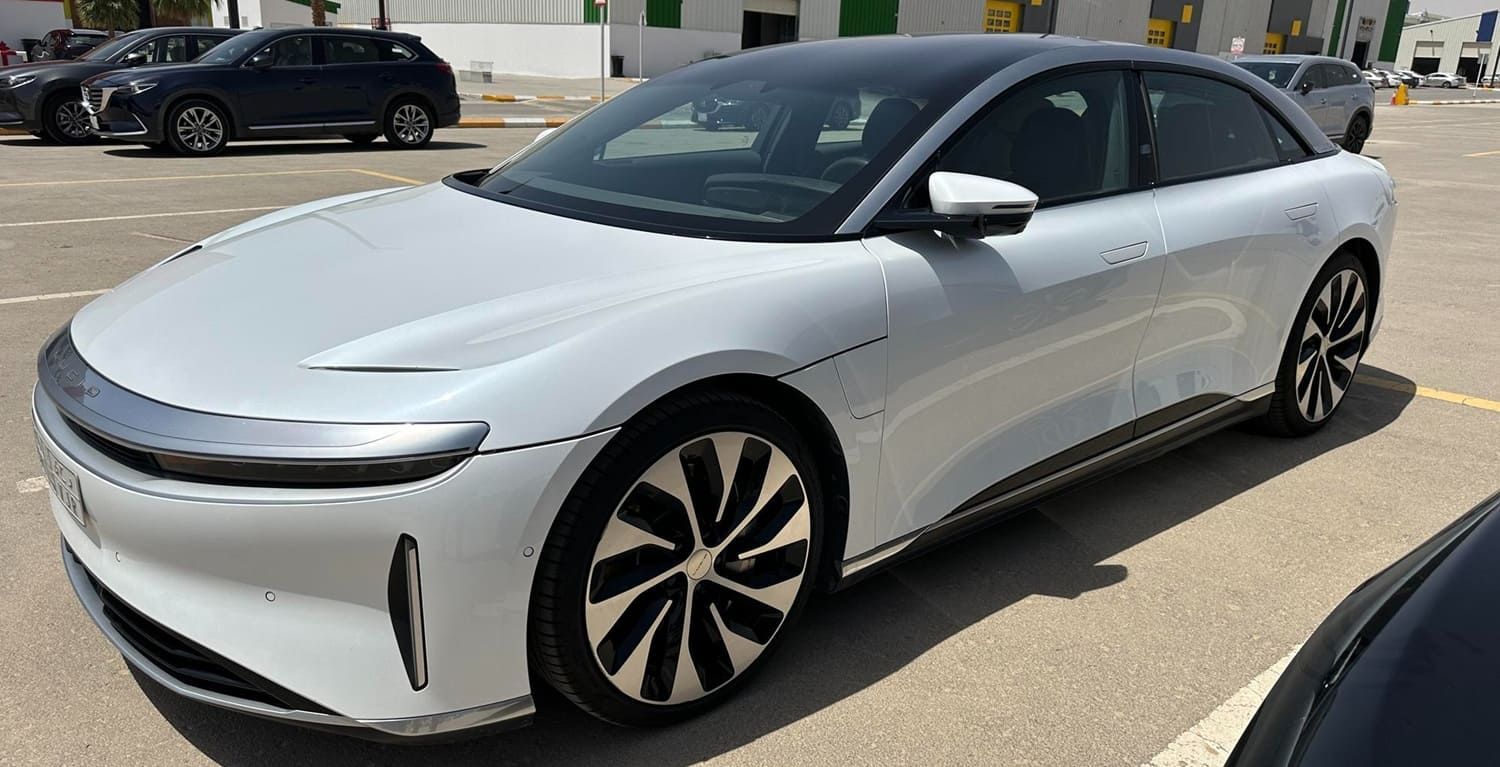
Benefits Beyond Heat Reduction
Car tints do more than block heat. They provide numerous other advantages. A key benefit is protection from UV rays, which can damage your skin and car interior over time.
These tints also improve safety by reducing glare while driving. This results in a more comfortable, safer driving experience during bright daylight.
Some significant benefits include:
- UV protection: keeps interiors from fading and protects skin
- Reduced glare: enhances vision and safety
- Shatter resistance: adds an extra layer of protection
- Improved privacy and aesthetics: enhances car appeal and security
Choosing a quality tint could transform your driving experience beyond just cooling.
Choosing the Right Tint and Professional Installation
Selecting the right tint involves balancing heat rejection with legal compliance. Consider your driving needs and local regulations.
Professional installation is crucial for quality results. A reputable installer ensures the tint adheres correctly and lasts longer.
Key factors to consider include:
- Type of tint: ceramic, metallic, or dyed
- Local tint laws
- Installer reputation and warranty offerings
Maintenance and Longevity of Heat-Blocking Tints
Proper care keeps your tint looking good and working well. Clean gently with a soft cloth and mild cleaner to avoid scratches.
Avoid abrasive materials or harsh chemicals. They can damage the film and reduce its lifespan. With the right care, heat-blocking tints can last many years.
Conclusion: Stay Cool and Compliant
Choosing a car tint that blocks heat without going too dark enhances comfort and complies with laws. High-quality options like LLumar Car Window Tinting provide effective heat reduction and UV protection.
ShadowFilms Window Tinting, a Trusted LLumar Dealer and the best window tinting installers near you serving Nampa, ID, offers free estimates to help you choose the perfect tint for your needs. Ensure professional installation and consider local tinting laws, like those in Idaho, to stay on the right side of regulations. Enjoy a cooler, safer driving experience.
FAQs About Car Tint That Blocks Heat Without Going Too Dark
Can car tint block heat without being very dark?
Yes. Modern ceramic and spectrally selective films can block a large amount of heat while still allowing high levels of visible light to pass through.
What type of tint is best for heat rejection with high visibility?
Nano-ceramic films are the top choice because they block up to 98% of infrared heat while maintaining a light, clear appearance.
Does lighter tint still protect against UV rays?
Yes. Quality films can block 99% of harmful UV rays even if they have a high visible light transmission (VLT) rating.
Will light tints reduce glare?
Yes. Many light ceramic tints reduce glare from sunlight and headlights while keeping the view clear.
Does heat-blocking tint improve air conditioning efficiency?
Yes. By reducing heat inside the car, it helps your AC work more efficiently and maintain a comfortable cabin temperature.
Is ceramic tint better than metallic tint for heat rejection?
Yes. Ceramic films generally block more infrared heat and do not interfere with GPS, radio, or cell signals like some metallic films can.
Can I get heat rejection on the windshield without making it dark?
Yes. Clear ceramic films are available for windshields that reduce heat without affecting visibility.
Does lighter tint cure faster after installation?
Curing time depends more on the film type and weather conditions than on the tint shade itself.
Are heat-blocking light tints legal in most states?
Yes. Since they maintain high VLT, they are usually compliant with most state tint laws.
How long do light ceramic tints last?
High-quality films can last 15–20 years without fading or losing performance.
Can I combine privacy tint with heat-blocking tint?
Yes. You can choose darker shades for rear windows while using lighter, heat-blocking films on front windows.
Does clear heat-rejecting tint look different from regular glass?
No. It is designed to be nearly invisible while still providing performance benefits.
Is heat-blocking tint more expensive than standard tint?
Yes. Ceramic and advanced films cost more upfront but offer better performance and longevity.
Can I install heat-blocking tint myself?
It’s possible, but professional installation ensures proper adhesion, clarity, and durability.
Does light tint still protect the interior from fading?
Yes. UV protection in quality films prevents interior materials from fading and cracking over time.
Is there a difference between infrared heat rejection and total heat rejection?
Yes. Infrared rejection focuses on heat-causing IR rays, while total solar energy rejection (TSER) includes UV, IR, and visible light.
Does light ceramic tint affect nighttime driving?
No. Because it allows more visible light, it maintains excellent night visibility.
Will lighter heat-blocking tints still make my car cooler?
Yes. Performance depends on the film technology, not just the darkness of the shade.
Are there clear tints that block almost all heat?
Yes. Some premium films are nearly transparent yet block more than 90% of infrared heat.



